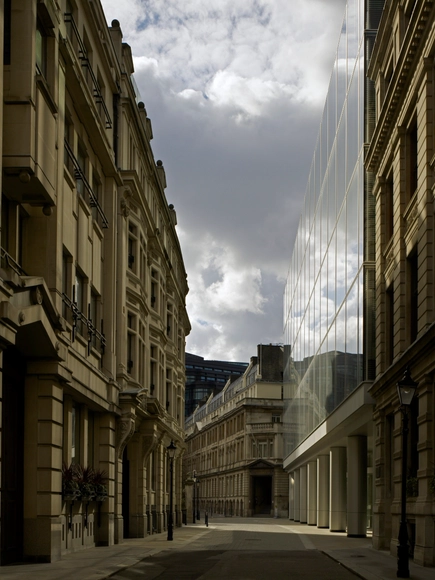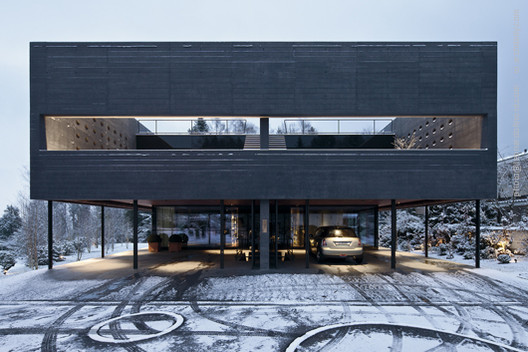
It's clear that architecture inspires and impassions Timothy Soar - not only has the UK photographer spent most of his life visiting and capturing great architectural works, but - unlike most photographers, or architects for that matter - he also speaks eloquently about the architecture that inspires him. Describing his favorite building, AHMM's Yellow Building, he tells us it "delivers exquisite simplicity out of a complex lattice. The building has a lyrical poetry in the way it wraps and folds itself around the occupants – deft, confident and generous. It is one of London’s great spaces."
Moreover, Soar believes deeply that his architectural photography does more than merely idealize built forms; not only do his images enable the architects he works with to "refine and amplify" the ideas within their built works, and thus aid them in defining their next work, but it also seeks to advocate architecture for all: "My work as a photographer is predicated on a desire to [...] to be an advocate for design that elevates, to help construct an argument where good design isn’t an occasional, rare and special thing but an everyday, routine and expected event." Read the whole interview and see more of Soar's fantastic images, after the break








































 “.
“.